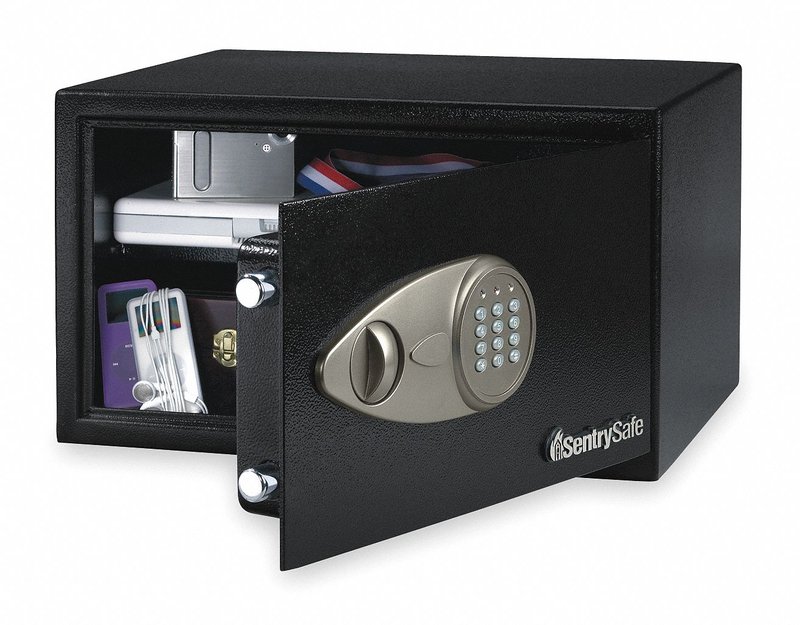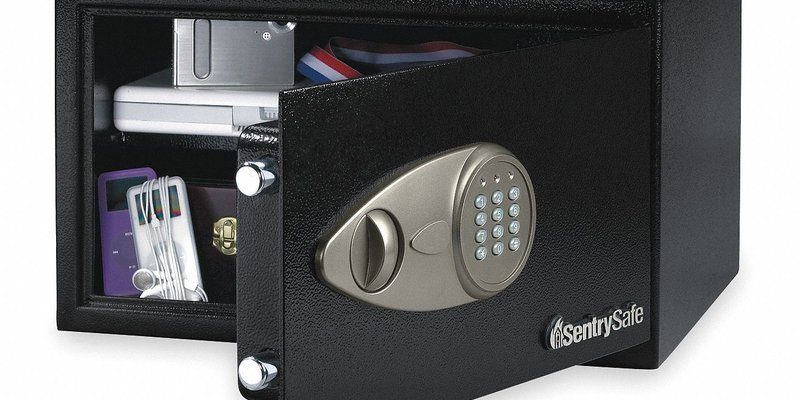
So, what’s the deal with Error Code F2? Generally, in GE refrigerators, this code signifies a problem with the refrigerator’s temperature sensor. It might seem alarming at first—like a fire alarm going off unexpectedly—but understanding what F2 really means can help you decide on the best course of action. You don’t need to be a tech whiz to figure this out; it’s all about breaking it down and taking some simple steps.
Understanding Error Code F2
You might be wondering, “Why is my fridge showing this error now?” Well, the answer lies in how modern refrigerators keep things cool. Imagine the temperature sensor as the fridge’s thermometer, constantly checking how cold it is inside. When it detects a problem, perhaps it’s malfunctioning or providing inaccurate readings, it sends a signal—voilà, Error Code F2 appears.
Think of it like having a fever and your thermometer giving you a temperature that’s way off. That’s the fridge’s sensor saying, “Something’s not right here!” When the sensor can’t give an accurate reading, it affects how the fridge controls its cooling cycles. If the fridge gets too warm or too cold, your food might spoil faster, and nobody wants that.
But don’t worry; in many cases, it’s a simple fix. Often, the sensor might just need recalibration or a little reset to get back to its usual self. However, if it’s faulty, a quick replacement might be in order. Knowing this, you can tackle the problem head-on rather than letting it hang over you like a storm cloud. If you’re unsure, consulting the user manual or checking with GE’s support can offer clarity.
Is It Safe to Keep Using the Fridge?
Here’s the big question: should you continue using the fridge as is, or is it time to take action? Using a GE refrigerator with an F2 error might not be an immediate danger, but it’s definitely something you shouldn’t ignore for too long. Think of it as ignoring a leaky sink; it’s not going to flood your house instantly, but it could lead to bigger problems if left unchecked.
You see, the main risk here isn’t an explosion or a major breakdown. Instead, the issue is more about efficiency and effectiveness. With a faulty temperature sensor, the fridge might work too hard to keep cool, which in turn, could increase your energy bills. Moreover, it could lead to uneven cooling, risking spoilage of the food you’re trying to preserve. Just like wearing a sweater on a sunny day, it’s just not the right comfort level for your perishables.
So, what’s the best move? Most experts would suggest addressing the root of the problem sooner rather than later. While your fridge might still ‘work’, its ability to maintain optimal conditions could be compromised. So, unless you’re keen on playing roulette with your groceries, a little maintenance or a quick call to a technician could go a long way in ensuring everything’s back to normal.
Potential Solutions and Next Steps
Now that you know what the F2 error means and why it matters, let’s talk about what you can do next. First things first, try resetting your refrigerator. Unplug it for a few minutes and then plug it back in. Sometimes, just like rebooting a computer, this can clear minor glitches. If the code disappears after a reset, you might’ve fixed the issue temporarily, but keep an eye out—if it returns, more investigation might be needed.
If the reset doesn’t do the trick, check the temperature sensor itself. It’s often located inside the fridge and can sometimes become dislodged. Ensure it’s securely in place. If you’re comfortable with basic DIY, you might consider replacing the sensor. Make sure to consult your user manual or GE’s online resources for guidance on obtaining the correct part.
Finally, if these steps seem daunting or the problem persists, don’t hesitate to reach out to a professional. Trained technicians can diagnose and rectify the issue efficiently, saving you time and potential hassle down the road. By taking these proactive steps, you’re not just protecting your food, but also your investment in a major household appliance.
Preventative Tips
Prevention is better than cure, right? To avoid running into this issue again, a little regular maintenance can go a long way. Make it a habit to clean your fridge’s coils and vents periodically. This ensures the appliance runs smoothly and reduces the risk of overheating or condensation build-up, which can lead to sensor errors.
Also, consider investing in a thermometer you can place inside the fridge. This gives you an independent reading of the interior temperature, making it easier to spot discrepancies early. And remember, keeping your fridge at the recommended temperature settings (usually around 37°F for the fridge and 0°F for the freezer) prevents the sensor from working overtime.
By adopting these simple practices, you can keep your GE refrigerator running optimally, safeguarding your food and minimizing technical hiccups. After all, maintaining a fridge should be as routine as watering a plant—just a little attention can make all the difference.
